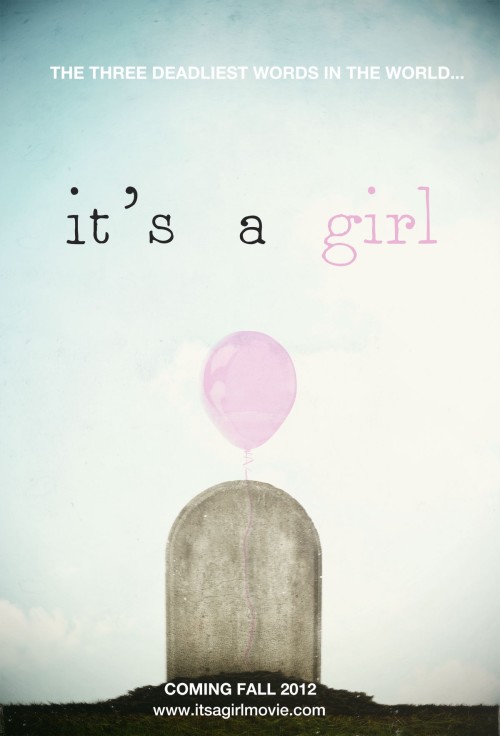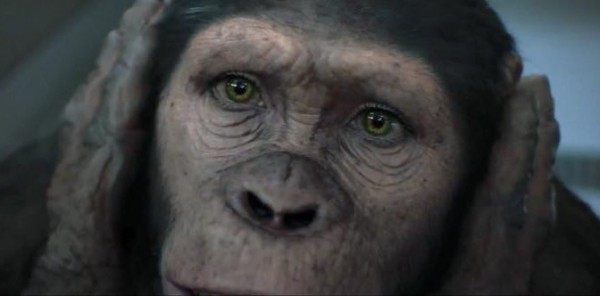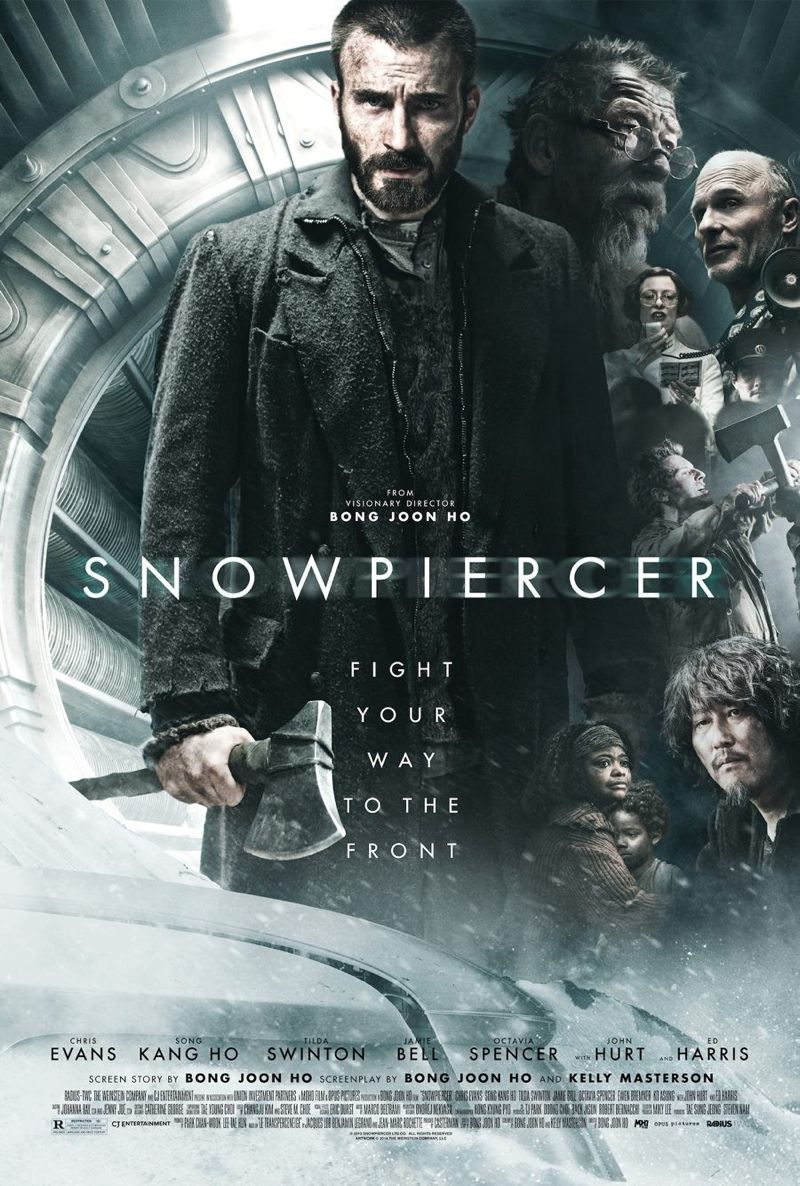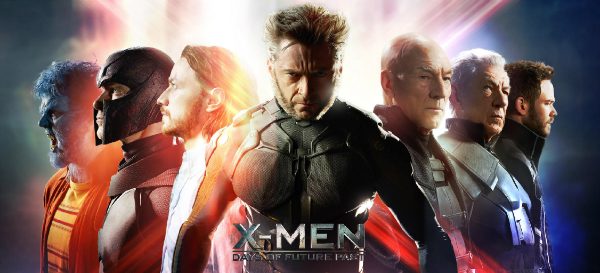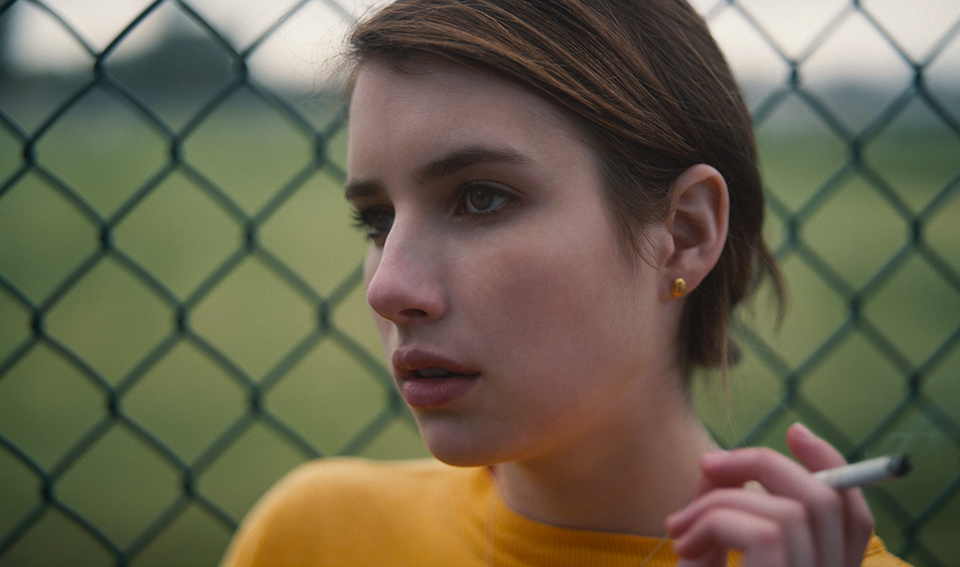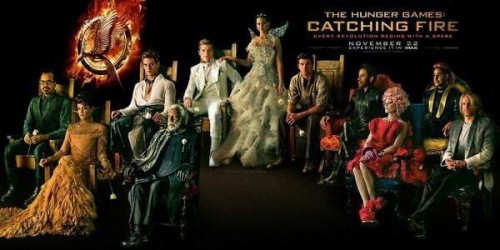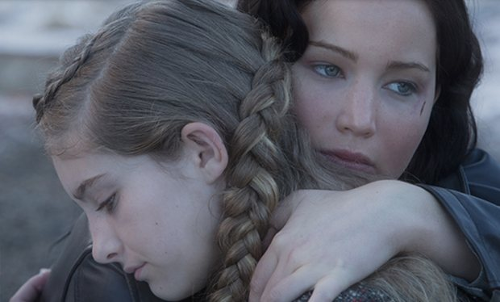The Women of ‘Interstellar’
I very much enjoyed ‘Interstellar’; It depicts a realistic species-threatening crisis with the dwindling success of food cultivation. It has an expansive vision of our future as human beings, and it has super cool science that it manages to make accessible to the layperson. But… (I wish there didn’t always have to be a “but”) the film’s depiction of its female characters was lacking to say the least.

